Explore the best places
Heritage in Portugal
Casa Museu Afonso Lopes Vieira
- heritage
Rua Doutor Afonso Leitão, 4
2430-511, Marinha Grande
Architecture according to the typology of the "Portuguese House". Has azulejares records depicting the work of the poet and a chapel decorated with elements of the sea.
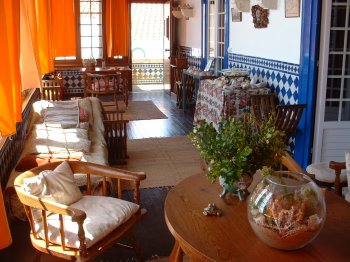
Casa dos Salazares / Casa da Viscondessa do Espinhal / Palácio dos Viscondes do Espinhal
- heritage
Rua Viscondessa do Espinhal
3200-257, Lousã
Building of 18th and 19th century neoclassical décor. The central, high body with another floor is topped by stone and crowned by pinnacles.
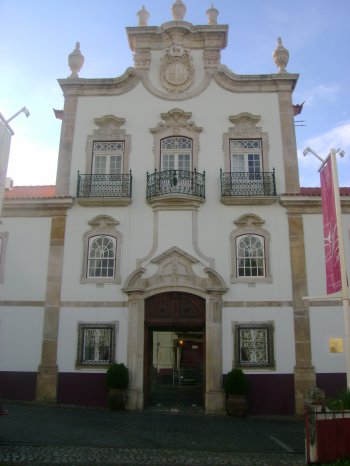
Santuário de Nossa Senhora da Piedade
- heritage
Cabo do Soito
3200, Lousã
Sanctuary consisting of four chapels: Capela de São João (15th century), the chapel of the Lord of agony (19TH century), the chapel of Nossa senhora da Piedade (17th century as probable) and Senhor dos Aflitos Chapel. These chapels were built one at a time, between the 15th and 19th centuries. Its interiors retain sculptures, like that of St. John the Evangelist in painted limestone and the Senhora da Piedade, the latter of which usually goes out in days of procession.

Museu Etnográfico Doutor Louzã Henriques
- heritage
Rua João Luso
3200-201, Lousã
This museum presents a collection spanning diverse national ethnographic, where you can find instruments related to agriculture, such as agricultural implements and coupling systems. Is divided by several nuclei, such as the killing of the pig, the pottery, kitchen serrana, bread, olive oil, flax and blacksmith, cobbler.
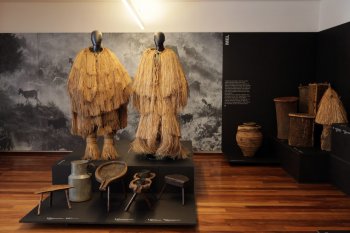
Castelo da Lousã / Castelo de Arouce
- heritage
EM580
3200, Lousã
Castle located on the outskirts of the village of Lousã mountain countryside. Consists of the donjon, torn by loopholes for a small irregular fence and some cubelos. Its entrance is flanked by two turrets and three more are distributed along the walls. The whole Castle is in Silurian shale, rock of the region, except the door trim of the keep, which is white stoneware. During the Reconquista, this castle was assumed as a strategic point, locking the Moorish incursions from the vale do Zêzere.
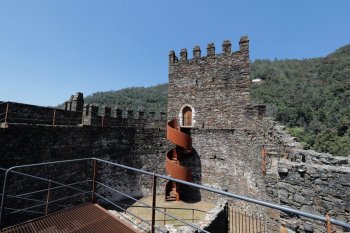
Ermida de Santo António
- heritage
Ladeira de Santo António
6120, Mação
Chapel, probably built in the 16th century, being then subject to reforms in the seventeenth century. Featured, inside, to the tile flooring dated from 1642.
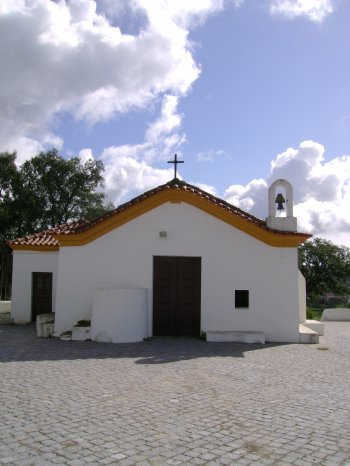
Igreja Matriz de Nossa Senhora da Conceição
- heritage
Largo de Santo António
6120-731, Mação
This church was constructed under the orders of Filipe II in 1597. It is composed by three naves with Tuscan columns and plan in Latin cross. It stands out by the glazed tiles on the triumphal arch and the historic panels from 1644.
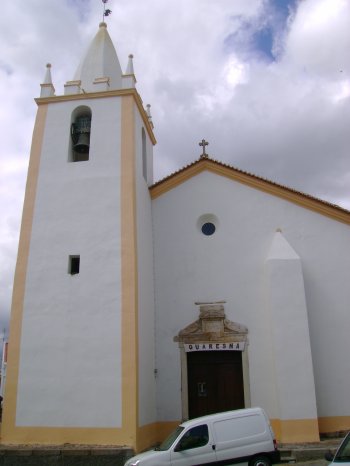
Castelo Velho do Caratão
- heritage
CM1267
6120-702, Mação
Castro probably reconstructed Neolithic defensive and returned by the Romans until the 1st century in 1160, Dom Afonso Henriques will have you donated to the Knights Templar, which should have built a castle there. However, this never came to happen.
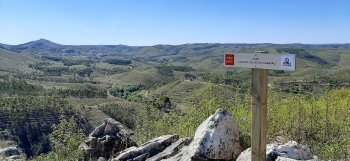
Estação Arqueológica Romana de Vale de Junco
- heritage
Ortiga
6120, Mação
Ancient Roman bathhouse consisting of two floors. The atrium, flanked by the "apodytherium" and the "frigidarium"; the "tepidarium" and the "caldarium". Keep part of the pipeline carrying water from the nearby river Eiras and part of the walls.
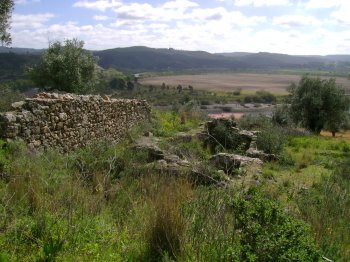
Museu de Arte Pré-Histórica e do Sagrado no Vale do Tejo
- heritage
Largo Infante D. Henrique
6120-750, Mação
Museum dedicated to the spiritual and symbolic manifestations of the sacred: from the prehistoric fertility rituals to worship the dead megalithic, passing through the medieval sacred art.
